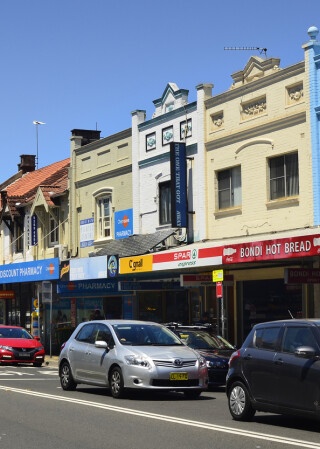The Department of Planning, Industry and Environment (“Department”) has announced a plan to replace the existing business and industrial zones with five new employment zones and three supporting zones in the Standard Instrument Principal Local Environmental Plan (“Standard Instrument”).
The Standard Instrument currently contains eight business zones and four industrial zones.
Since the introduction of the Standard Instrument some fifteen years ago, we have seen considerable changes to the nature and operation of businesses, some of which have been exacerbated over the course of the last year by the COVID-19 pandemic. These include the growth of online retailers and local centres, increased reliance on freight and logistics services, flexible working arrangements and multi-use businesses.
The Employment Zones Framework was announced as part of the NSW Budget in November 2020, and forms part of a larger reform agenda including changes to the State Environmental Planning Policy (Exempt and Complying Development Codes) 2008 and the proposed Design and Place State Environmental Planning Policy.
The policy development process has included a review of all local environmental plans across the State and stakeholder engagement process. In particular, we understand that metropolitan and regional councils gave feedback to the Department raising concerns in relation to the lack of clarity as to the purpose of the existing zones, inflexibility in the Standard Instrument, the outdated nature of some definitions of land uses and inconsistent application of zones across the State.
The new proposed zones and their stated purposes are summarised in the table below:

In addition to the introduction of the new zones, the Employment Zones Framework proposes updated definitions for business premises, industrial retail outlets, kiosks, neighbourhood shops, shop top housing and crematoriums.
The following new definitions are also proposed:
- Circular economic facility: new definition to refer to a facility that allows for the collection, repair, refurbishment, dismantling, sharing and redistribution of goods commonly found in households.
- Creative industry: a new catch all definition for creative industries and their activities and outputs, including occupations such as traditional and digital media, fine arts and crafts, design and creative products.
- Data centre: new definition to refer to a building used for the collection, storage, process and distribution of electronic data.
The Department states that the intended outcomes of the reform are as follows:
- Maximise productivity while minimising land use conflicts and ensuring they are fit for purpose
- Address current barriers within the planning system that limit the ability of businesses to establish, expand or adapt, and
- Better support councils in the delivery of the strategic vision contained in their Local Strategic Planning Statements and background studies.
It is also stated that the reform aims to aide in the economy’s long-term recovery from the COVID-19 pandemic through job creation and increased productivity.
Documents supporting the proposed employment zones framework are on public exhibition on the NSW Planning Portal until 30 June 2021.
It is intended to introduce a final framework into the Standard Instrument in September 2021 having regard to feedback received in the public exhibition process, after which all local environmental plans and other environmental planning instruments relying on the Standard Instrument will be updated by mid-2022.
For further information on these planning and environmental law updates, please contact Adam Seton on aseton@marsdens.net.au or (02) 4626 5077 and David Baird on dbaird@marsdens.net.au or (02) 4626 5077.
The contents of this publication are for reference purposes only. This publication does not constitute legal advice and should not be relied upon as legal advice. Specific legal advice should always be sought separately before taking any action based on this publication.


